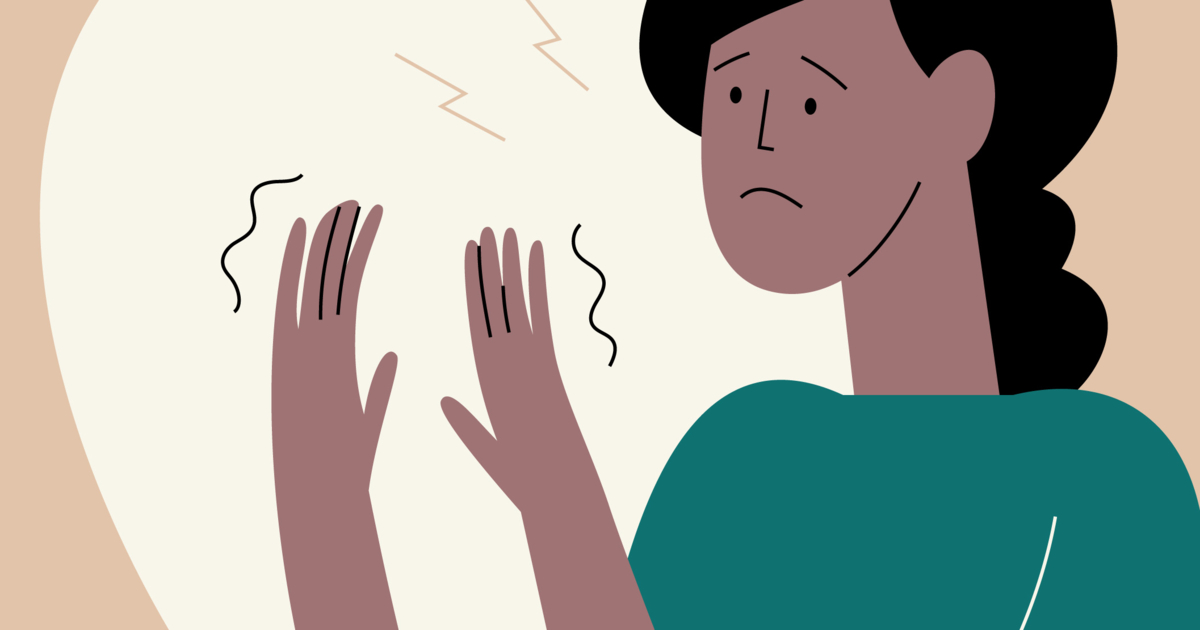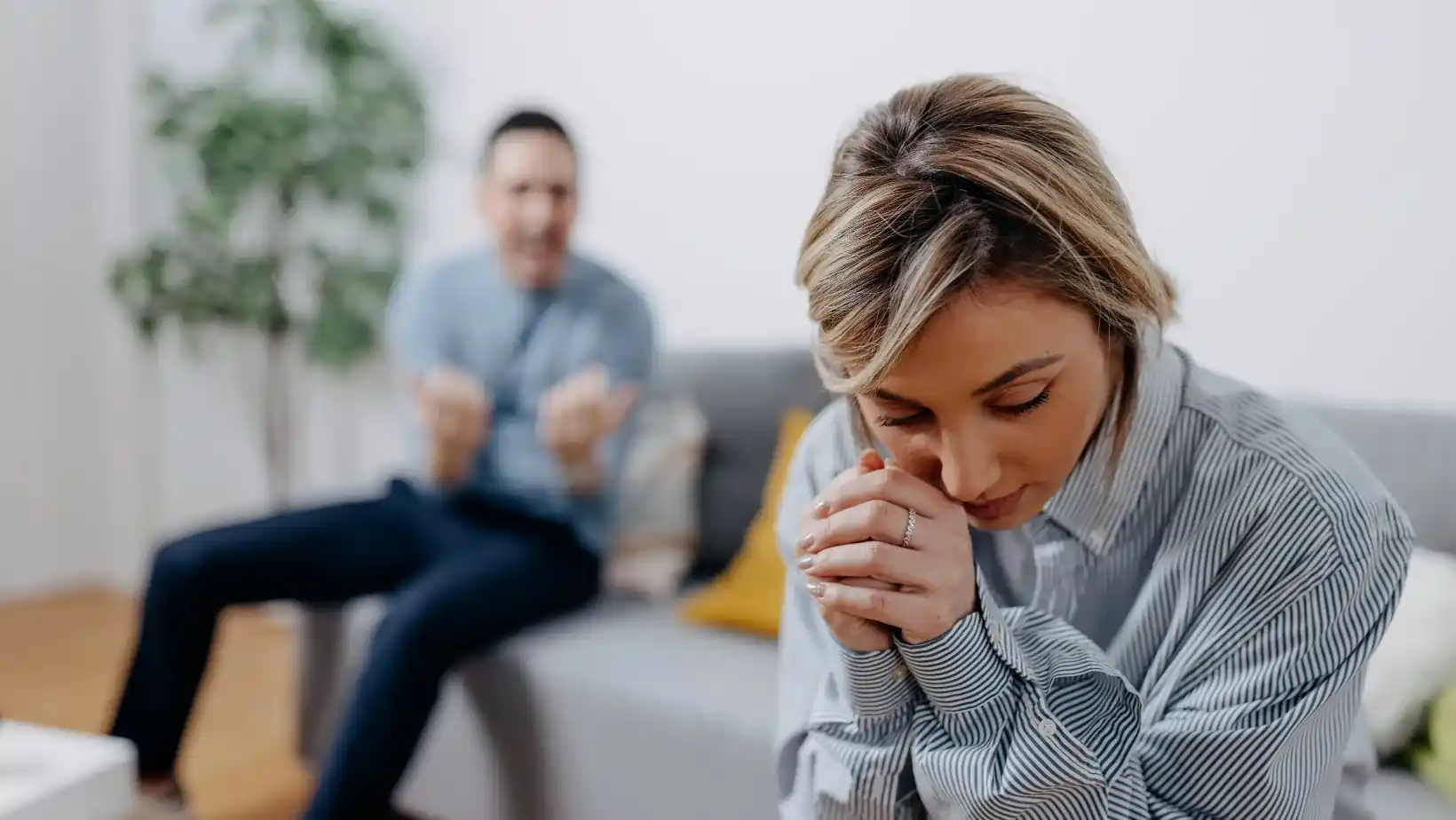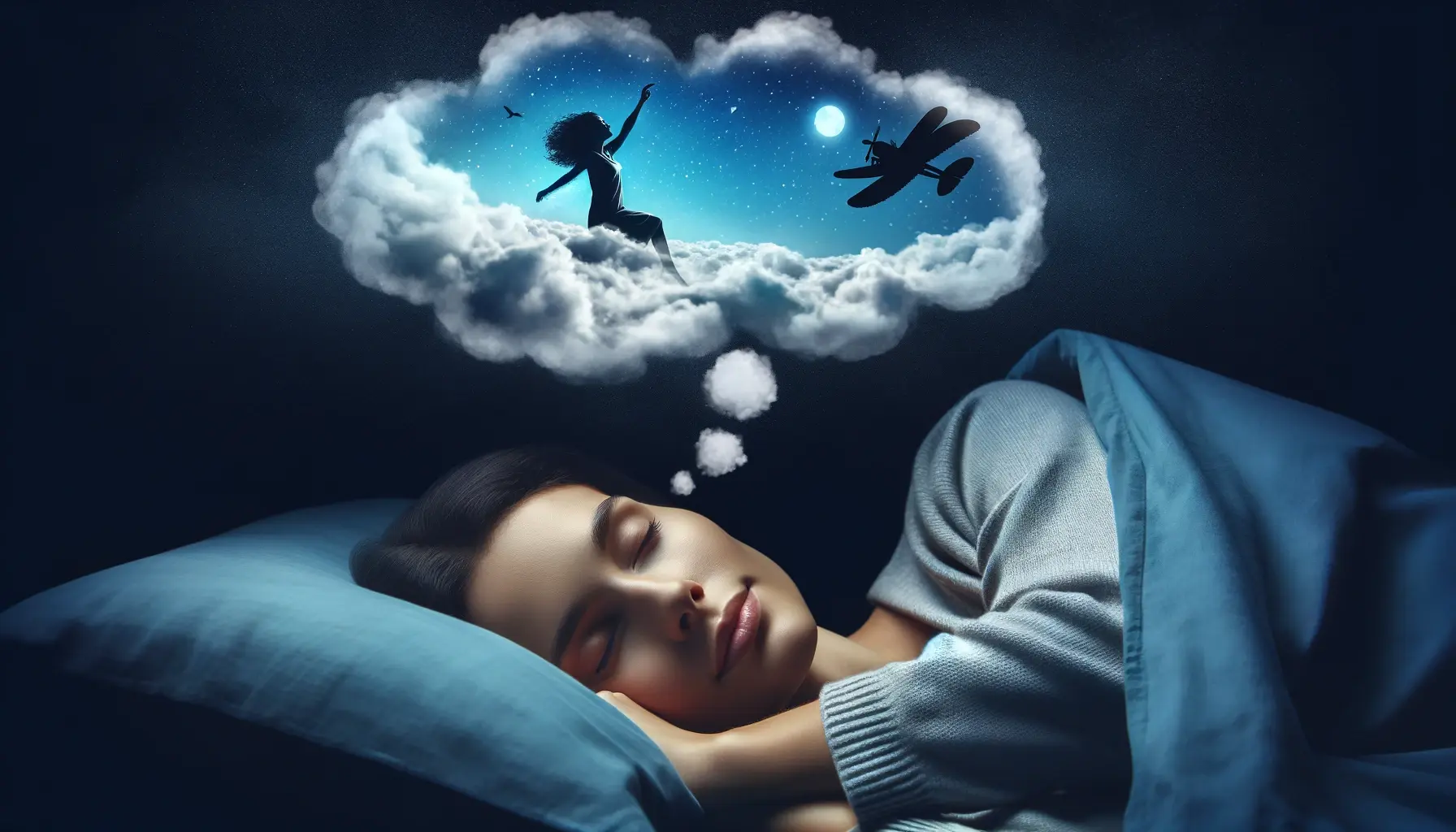
What is anxiety Disorder?

2 Minutes Psychology
Sep 10, 2025
Anxiety disorder is a mental health condition characterized by excessive and persistent feelings of worry, fear, and apprehension. It can manifest in various forms, including generalized anxiety disorder (GAD), panic disorder, social anxiety disorder, and specific phobias.
People with anxiety disorder may experience physical symptoms such as trembling, sweating, rapid heartbeat, and difficulty breathing. These symptoms can be severe enough to interfere with their daily activities and quality of life.
Anxiety disorder can be caused by a combination of factors, including genetics, brain chemistry, and environmental factors. Treatment options for anxiety disorder include therapy, medication, and lifestyle changes. If you suspect that you or someone you know may have an anxiety disorder, it is important to seek professional help from a mental health provider.
The symptoms of anxiety disorder can vary depending on the type of disorder, but some common symptoms include:
Excessive and persistent worry or fear: People with anxiety disorder often experience intense worry or fear about everyday situations or events, and this worry or fear may be out of proportion to the actual threat.
Restlessness or feeling on edge: People with anxiety disorder may feel restless or on edge, have difficulty relaxing, or have trouble sleeping.
Physical symptoms: Anxiety disorder can also cause physical symptoms such as rapid heartbeat, sweating, trembling or shaking, shortness of breath, chest pain, nausea or stomach upset, and headaches.
Avoidance behavior: People with anxiety disorder may avoid situations or activities that trigger their anxiety, such as social events or public speaking.
Irritability or agitation: Anxiety disorder can also cause irritability, agitation, or a short temper.
Panic attacks: In some cases, anxiety disorder can lead to panic attacks, which are sudden and intense periods of fear or discomfort that may include symptoms such as chest pain, heart palpitations, sweating, trembling, and a sense of impending doom.
If you are experiencing these symptoms and they are interfering with your daily life, it is important to seek professional help from a mental health provider.
Diagnosis of anxiety disorder?
It can be difficult to know if you are suffering from anxiety disorder on your own, as many of the symptoms can be related to other health conditions or everyday stress. However, if you are experiencing persistent feelings of worry, fear, or apprehension that are interfering with your daily life, it may be a sign of anxiety disorder.
Some other signs that you may be suffering from anxiety disorder include:
· Feeling on edge or restless most of the time
· Avoiding situations that trigger your anxiety
· Having trouble sleeping or experiencing fatigue
· Experiencing physical symptoms such as rapid heartbeat, sweating, or trembling
· Having persistent negative thoughts or irrational fears
· Having difficulty concentrating or focusing
· Engaging in compulsive behaviors or rituals to manage your anxiety.
If you suspect that you may be suffering from anxiety disorder, it is important to seek professional help from a mental health provider. They can diagnose your condition and provide you with appropriate treatment options. With the right treatment, many people with anxiety disorder are able to manage their symptoms and improve their quality of life.
Potential Factors of Anxiety Disorder:
The causes of anxiety disorder are complex and can involve a combination of genetic, environmental, and psychological factors. Some possible causes of anxiety disorder include:
Genetics: Anxiety disorder can run in families, suggesting that there may be a genetic component to the disorder. Research has identified several genes that may be associated with anxiety disorder.
Brain chemistry: Imbalances in certain chemicals in the brain, such as serotonin and dopamine, can contribute to anxiety disorder.
Environmental factors: Traumatic or stressful life events, such as abuse, neglect, or the death of a loved one, can increase the risk of developing anxiety disorder.
Personality traits: Certain personality traits, such as being shy or having low self-esteem, can increase the risk of developing anxiety disorder.
Medical conditions: Certain medical conditions, such as thyroid disorders or heart disease, can cause symptoms of anxiety.
Substance abuse: Substance abuse, particularly of drugs that stimulate the central nervous system, can trigger symptoms of anxiety.
It's important to note that not everyone who experiences these factors will develop anxiety disorder, and it is also possible to develop anxiety disorder without any known risk factors. If you are experiencing symptoms of anxiety disorder, it's important to seek professional help from a mental health provider who can help diagnose and treat the condition.
Relaxation techniques to control anxiety disorder:
There are many relaxation techniques that can be helpful in managing anxiety disorder. Here are a few examples:
Deep breathing: Deep breathing can help slow down your heart rate and reduce feelings of anxiety. Take a slow, deep breath in through your nose, hold it for a few seconds, and then exhale slowly through your mouth. Repeat this several times, focusing on your breath and letting go of any tension.
Progressive muscle relaxation: This involves tensing and relaxing each muscle group in your body, one at a time. Start by tensing the muscles in your feet, hold for a few seconds, and then release. Move up to your calves, thighs, and so on, until you've worked your way up to your head and neck.
Mindfulness meditation: This involves focusing on the present moment and letting go of worries and distractions. Find a quiet place to sit or lie down, close your eyes, and focus on your breath. When your mind wanders, gently bring it back to your breath.
Yoga or stretching: Yoga and stretching can help release tension in your muscles and improve your flexibility. Look for a beginner's yoga class or follow a yoga video online.
Visualization: Imagine yourself in a calm, peaceful setting, such as a beach or a forest. Use your senses to imagine the sights, sounds, and smells of the environment.
Remember that relaxation techniques may not work for everyone, and it may take some trial and error to find the techniques that work best for you. It's also important to seek professional help from a mental health provider if you are experiencing symptoms of anxiety disorder. In terms of diagnosis multiple factors are involved, for this help from the professional person should be taken.
Community
Share your experience
Let's Meet 2 Minutes Psychology
Aug 28
Remember
Let's Meet 2 Minutes Psychology
Aug 28
Cognitive Behavioral Therapy (CBT) and anxiety coping skills
Let's Meet 2 Minutes Psychology
Aug 28
Anxiety coping skills for teens
Let's Meet 2 Minutes Psychology
Aug 28
Grounding techniques
Let's Meet 2 Minutes Psychology
Aug 28
.png)

